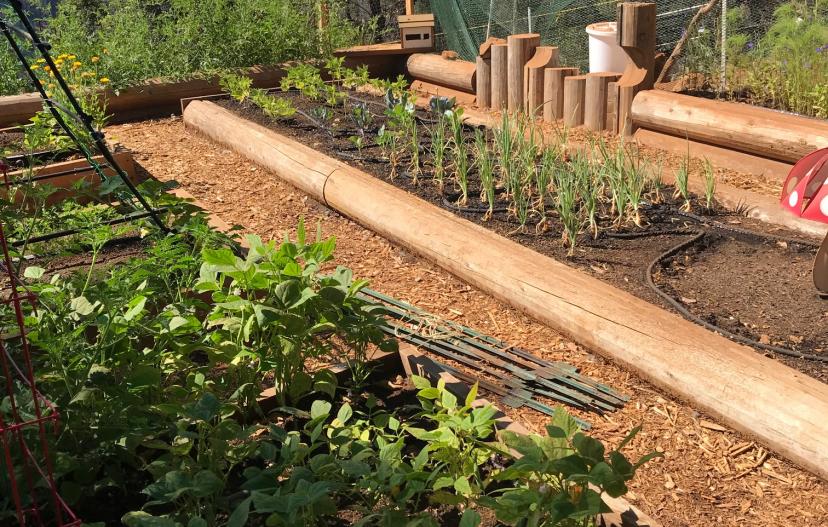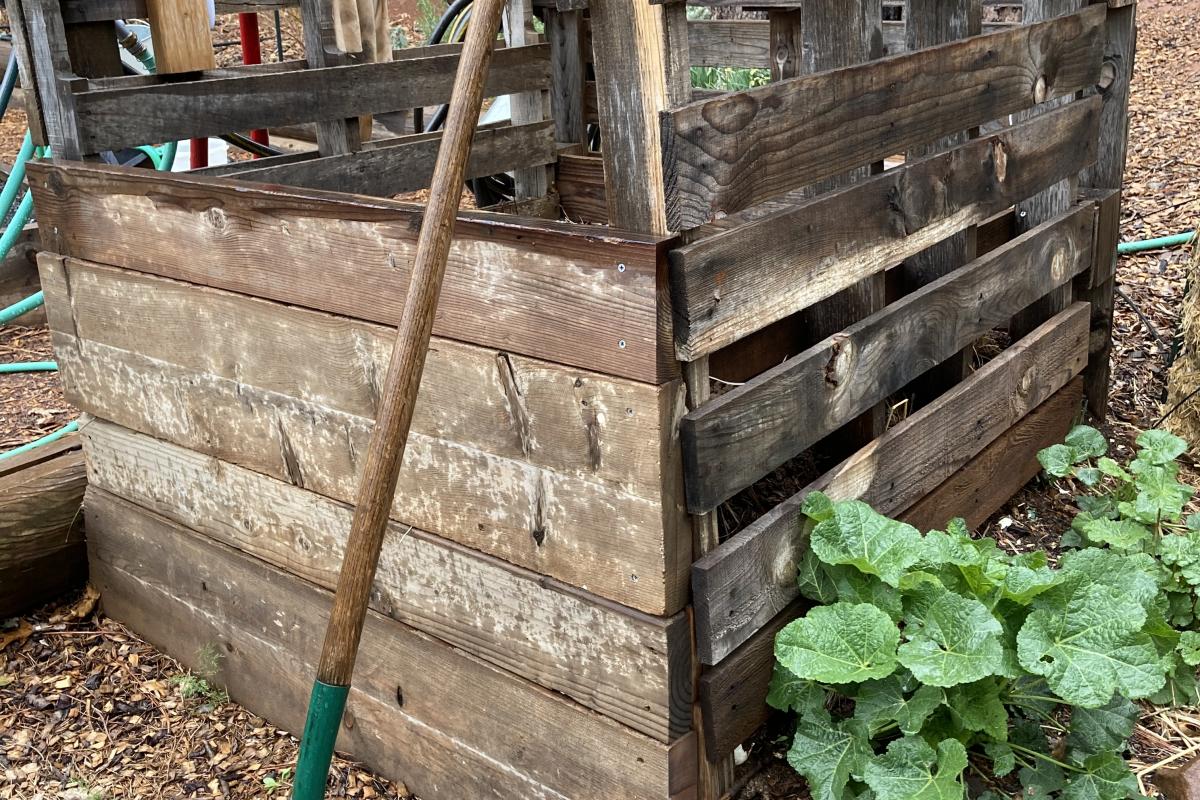
Subject Instructor
Subject Description
When you grow your own food you can guarantee the freshness and the purity of what you eat. The rewards, however, go far beyond that! You will get exercise throughout the year, the fun of poring over seed catalogues in the depth of winter, a closer connection to the weather and climate in your part of the world, an appreciation for the beauty and diversity of vegetables and fruits of all kinds, and the pure delight of eating something that you have grown yourself! It will boost your self-confidence and your overall health.
Recommended Lesson Length
60 minutes
Subject Skill Level
Beginner
Intermediate
Advanced
Categories


